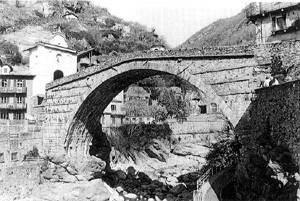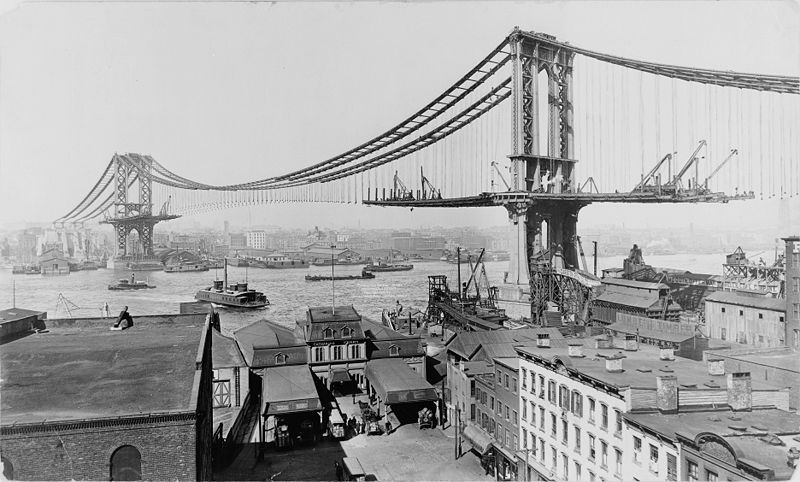Over at Time magazine, Steven Johnson wrote the June 15th cover story on how Twitter is affecting social communication (“How Twitter Will Change the Way We Live”). Soon after the article appeared Twitter began to play an important role as a communications channel during post-election protests in Iran. Johnson, the author of six books, has an engaging writing style on display throughout the Time piece. But at one point the narrative hits the shoals, nearly wrecking his message.
Early in the article Johnson describes how, at a day-long conference held in Manhattan on the subject of education reform, a large cohort of participants sereptitiously wrote and responded to tweets, creating a parallel stream of interactive commentary. Johnson uses this example, which he describes in five paragraphs, to support as argument that Twitter significantly enlarged the conversation:
“And it gave the event an afterlife on the Web. Yes, it was built entirely out of 140-character messages, but the sum total of these tweets added up to something truly substantive, like a suspension bridge made of pebbles.”
Whoa!
Johnson obviously wanted to end his lengthy anecdote with a memorable image. He saw small bits coming together to form a large and useful construct. How could he capture this phenomenon in a striking simile? Something reality-based, not fanciful or fantastical, was needed. Something to advance the purpose of the article, which was to lift readers’ skepticism about this silly Twitter fad.
I wonder if Johnson thought of the countless individual mud bricks that make up the Great Mosque of Djenne, a World Heritage Site in Mali?

Probably not. All we know for sure is this: Johnson was thinking of pebbles. He was also remembering the dependable, albeit over-used, symbol of a bridge — a bridge that links society, that transports us to the future. Could these ideas be conjoined? Yes, literally, in the case of ancient Roman arch bridges built of stone and pebble-rich concrete, such as this one near Torino, Italy:

But something else captured his thoughts:

Whoa, again!
The sina qua non of a suspension bridge is its cabling system: the sweep of cables suspended between towers and the vertical suspender cables that carry the weight of the deck below. Pebbles might become a constituent of the towers, but how in hell tiny stones can transmogrify into cables (multiple strands of metal wire) is beyond my poor power of imagination — literary, metaphorical, religious, or otherwise.
The simile Johnson chose, likening Twitter to “a suspension bridge made of pebbles,” is a diversion from literal truth. But then so are many similes. The suspension bridge image dies not from lack of literal truth, but from the absense of any intuitive appeal or poetic beauty. The simile is nonsensical. Worse still, it stirs up thoughts of failure and collapse every bit as disturbing as the Biblical vision of a “house built on sand” in Matthew 7:24-27. In a perverse way it undermines the author’s positive view of Twitter’s potential.
OK, I concede this is a minor misstep in a long article. But one wonders whether the vaunted editors at Time saw this or were asleep at the switch.
Better thought next Time.